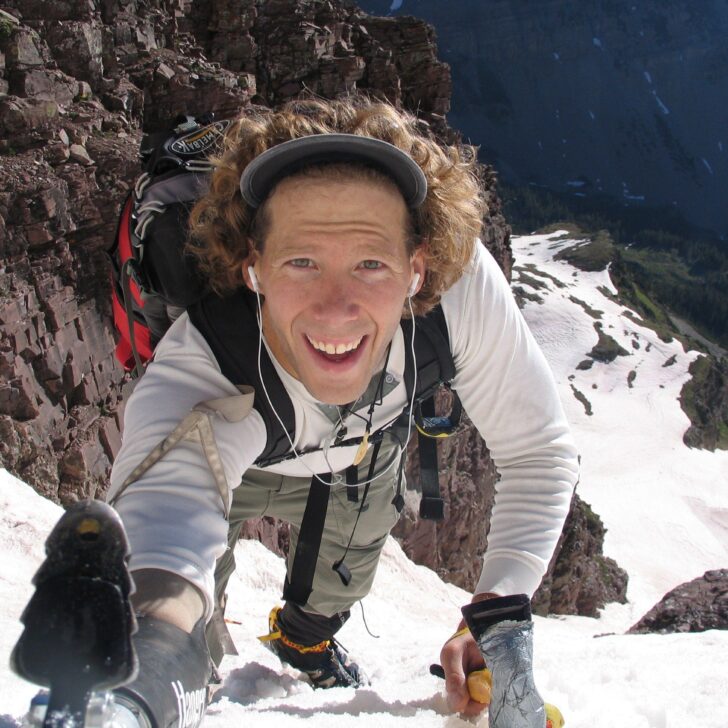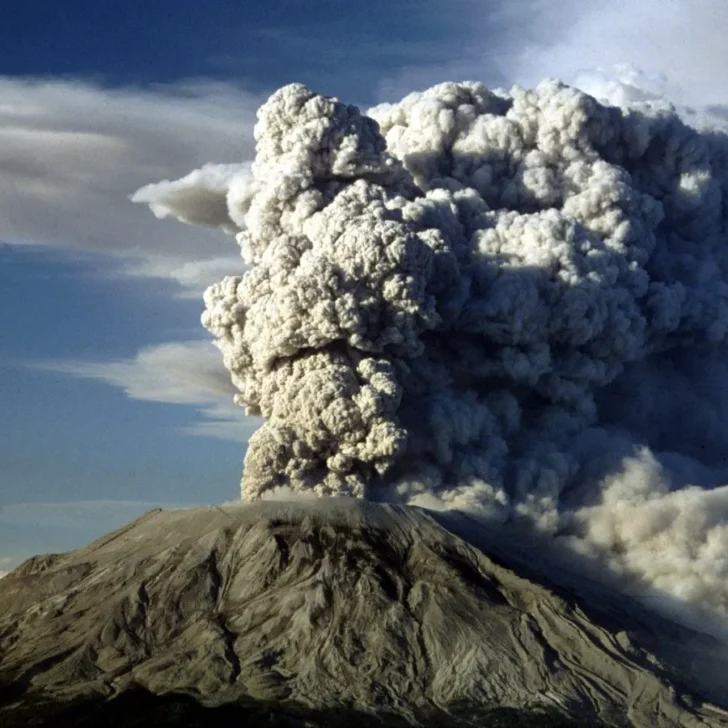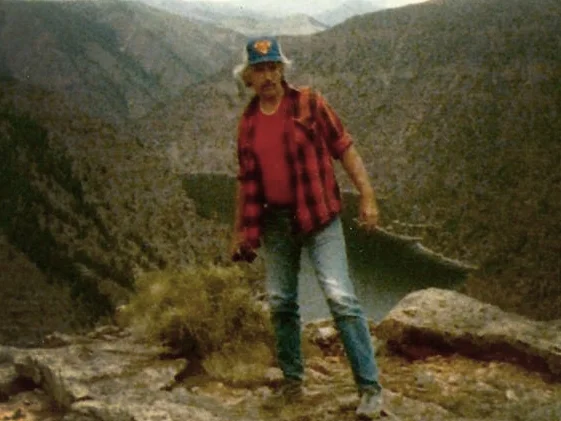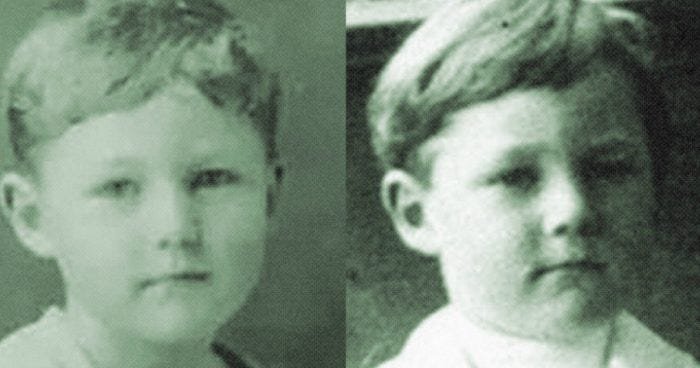When it comes to historically notable volcanic eruptions, Krakatoa is one of the most well-known. This volcano’s eruption in 1883 was one of the most devastating volcanic events ever recorded, surpassing even Pompeii in terms of destruction.
Krakatoa’s eruption created the loudest sound ever recorded as well. The eruption, which took place in August of 1883, was heard over 3,000 miles away in the Indian Ocean.


The deadly force of this eruption racked up a death toll that is unheard of, even today. Thankfully, meticulous historical records from the time allow us a deeper look into the event.
Where Is Krakatoa?
Krakatoa is located on the Sunda Strait, between Java Island and Sumatra in Indonesia. Originally, this volcano was part of a volcanic archipelago, a group of three islands with volcanic peaks.
This location is extremely active regarding both volcanic and seismic activity, as it represents the convergence of two tectonic plates.
Krakatoa was a conical volcano. When you think of volcanoes, this is the most often represented shape – it’s easy to imagine what this towering mountain might have looked like before the eruption.
However, the original Krakatoa volcano is no longer present on this island. The devastating eruption of 1883 was powerful enough that the volcano collapsed in on itself, creating the caldera that is present on the site today.
Volcanic History
Even before the 1883 eruption, Krakatoa erupted an additional ten times. These were smaller, less violent events, either reported by people in the area or confirmed through geologic records.
However, one of the most notable events happened in 1680. Sailors and voyagers in the area reported large storms at sea, loud noises and atmospheric storms, and debris floating on the ocean.
Some reports from this time also noted a strong sulfurous smell and clouds of smoke and gasses surrounding the mountain.
However, there is no further mention of any activity surrounding the archipelago after 1680. We don’t know if anyone died or have more than a speculative idea of the aftermath.
These reports serve as an important precursor to the eruption of 1883, though.
Heard Around The World: The 1883 Eruption Of Krakatoa
Krakatoa’s eruption in 1883 wasn’t a sudden, singular event. Activity proceeding the loudest, most violent eruption started on 20 May 1883. This activity was characterized by steam venting, small ash eruptions that shot up to 6 km into the air, and some louder eruptions.

These smaller events lasted throughout the end of May, but the volcano seemed to stop being active at the end of May. However, activity resumed in June.
Steam, ash, and smoke continued to emanate from the volcanic peaks in the archipelago from mid-June through August. On 26 August 1883, Krakatoa was finished giving warning signs.
In the early afternoon, the volcano began a series of eruptions that increased in volume and intensity. One of the largest of these eruptions shot ash and volcanic matter 27 km (17 miles) into the atmosphere. But Krakatoa was far from finished.
On the morning of 27 August 1883, Krakatoa let loose some of its largest explosions yet. These explosions could be heard around the world, including as far away as Australia and beyond.
Up to 3,000 miles away, the violent cracking of the explosion was recorded by bystanders. This eruption, the largest it would produce, shot ash 80 km (50 miles) into the air.
Continuous Fire
Following this violent eruption, there were several smaller events. These helped push out more smoke, steam, and sulphur from the core of the volcano. It created pressure waves that would change the climate around the globe for at least the next year.
Krakatoa continued to rumble and spit for the next 24 hours or so before going mostly quiet. There were some residual eruptions through the months following the large eruption.
All told, Krakatoa discharged 21 cubic km of material, including rock, ash, and pumice. Ash and dust landed in a 300,000-square-mile radius, and the skies around the volcano went dark for nearly three days.
Immediate Fallout
Aside from the sound, the eruption was powerful enough to completely collapse the volcano. When the smoke cleared weeks later, Krakatoa was a caldera. The conical volcano had expelled so much material that it no longer had any structural support.
The caldera was 4 miles wide, deep enough that it seemed at first like the volcanic peak had blown its top. It was later concluded that rather than exploding upwards, the volcano sank into the earth due to destabilization.
The entire volcanic archipelago was buried under thick ash for years afterward. It wasn’t until about five years later that plants and animals regained a foothold in the surrounding areas.
Death Toll
Most of the deaths attributed to the eruption of Krakatoa didn’t come from the blast itself. About 2,000 people near the eruption died as a result of the heat, ash, and pyroclastic flow that accompanied the eruption.
However, most of the deaths surrounding this disaster were a result of changing weather patterns, storms, and tsunamis. The eruption was powerful enough to cause several tsunamis in the areas surrounding the archipelago.
While some of the tsunami activity was caused by the subterranean shifting that happened before the eruption, most was a result of pyroclastic flow.
Massive amounts of volcanic material entered the sea with each explosion. With nowhere else to go, the displaced seawater created deadly tsunamis as far away as South Africa.
Meticulous reporting, due in part to the international telegraphy system active at the time, gave us an accurate death toll.
Throughout the islands close to the explosion, 36,417 people perished. Some of these people were killed by the eruption, but most were a result of the lasting impact of such a powerful explosion.
Volcanic Winter
Aside from the deadly tsunamis that Krakatoa caused, it also launched the world into a volcanic winter.

A volcanic winter can sometimes follow a massive volcanic event. It is characterized by cooler temperatures and weather conditions that are outside the norm. A volcanic winter may even result in crop failures across the globe.
This happens because of the large amount of ash and sulfur that spews out of a volcano during an eruption. This is the same thing that scientists theorize would happen in the event of a nuclear war, which would cause a nuclear winter.
The year that Krakatoa erupted, global temperatures were far below the norm. In Los Angeles, for example, rainfall between 1883 and 1884 was significantly increased from previous years.
The dust from the eruption didn’t settle immediately, either. It’s said that the dust and ash blew across the earth several times in the aftermath and that dust contributed to more vibrant sunsets across the globe.
Child Of Krakatoa
Today, Krakatoa is no more. However, the threat is not entirely gone from the region, either. In the exact location where Krakatoa once stood, a new volcano is growing. Anak Krakatoa, or ‘Child of Krakatoa’, broke the surface of the water in August of 1930.
Every year, this volcano grows a little bigger. Since 1927, the site (and the resulting volcano) has seen frequent eruption events, including some activity that is all too reminiscent of the activity preceding the eruption of Krakatoa in 1883.
Geological observation agencies in the area keep a constant eye on the volcano, assessing its threat level hourly. Throughout the last five years, the threat level has fluctuated often.
The population surrounding the volcano numbers some 8,027 souls within 30 km. They are made aware of how far away they must stay to remain relatively safe in case of a volcanic event.
Sources
https://www.britannica.com/place/Krakatoa
https://www.theatlantic.com/magazine/archive/1884/09/the-volcanic-eruption-of-krakatoa/376174
https://volcano.si.edu/volcano.cfm?vn=262000
https://www.history.com/topics/natural-disasters-and-environment/krakatoa













Leave a comment